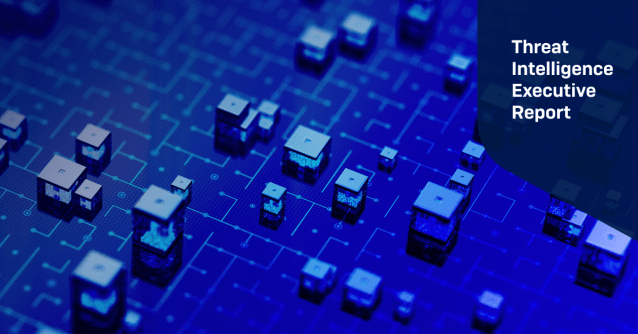Quick Takeaways
-
Targeted Threats: Organizations must be vigilant as North Korean state-sponsored groups increasingly infiltrate HR departments, employing fraudulent personas to conduct cyber espionage and theft.
-
Ransomware Insights: Leaked Black Basta chat logs reveal ransomware tactics focusing on exploiting older vulnerabilities and social engineering techniques, emphasizing the need for robust cyber defenses and prompt patching of systems.
-
Post-Quantum Preparation: Organizations should proactively plan for a transition to post-quantum cryptography (PQC) by 2035, starting with immediate actions to establish migration timelines and strategies to protect against future quantum attacks.
- Employee Training: Educating staff about phishing, social engineering, and candidate verification is crucial in mitigating risks, ensuring that organizations maintain security during recruitment and daily operations.
The Issue
The Counter Threat Unit™ (CTU) research team has recently unveiled a series of pressing issues within the cybersecurity landscape, unveiling threats particularly targeting human resources (HR) departments. Notably, North Korean state-sponsored groups, such as NICKEL TAPESTRY, have escalated efforts to infiltrate Western organizations by embedding fraudulent workers—whose deceptive resumes often feature digitally manipulated identities. This operation serves multiple purposes for the North Korean government, including evading sanctions and conducting cyberespionage. CTU researchers emphasize the urgent need for HR professionals to recognize potential red flags, such as altered identities and requests for device use, to mitigate these risks and safeguard organizational integrity.
Additionally, the CTU has highlighted insights gleaned from leaked Black Basta ransomware chat logs, shedding light on the methods utilized by groups like GOLD REBELLION. Their operations underscore the critical importance of maintaining robust cybersecurity defenses, especially against social engineering tactics and the exploitation of outdated software. The discourse emphasizes the proactive measures needed, including employee training and the timely installation of security updates. As organizations grapple with these evolving threats, the call for immediate action is clear—forward-thinking strategies and vigilant adaptations are imperative for sustaining long-term cybersecurity resilience in an ever-changing digital landscape.
What’s at Stake?
The evolving cyber threat landscape poses significant risks not only to individual organizations but also to a myriad of businesses, users, and entities interconnected within the broader market ecosystem. As identified by the Counter Threat Unit™ (CTU), malicious actors have increasingly infiltrated recruitment sectors with sophisticated tactics, including the impersonation of job candidates and the exploitation of human resources through targeted phishing campaigns. This insidious blending into organizational structures not only jeopardizes proprietary data and financial assets but also propagates potential vulnerabilities across entire networks. When a company falls prey to such sophisticated schemes, the ramifications can cascade, affecting partners and clients through data breaches or disrupted services, thereby eroding trust and potentially leading to regulatory scrutiny. Moreover, as organizations wrestle with the dual challenge of outdated cybersecurity frameworks and fast-approaching technological changes—such as the anticipated rise of quantum computing—a failure to preemptively address these vulnerabilities could catalyze widespread operational disruptions, placing all stakeholders at elevated risk and jeopardizing the integrity of the commercial landscape. In essence, the need for robust, proactive measures cannot be overstated: ensuring rigorous candidate verification processes, investing in employee training, and embracing post-quantum cryptography are not merely best practices but essential strategies to safeguard against an intricate web of contemporary threats.
Fix & Mitigation
Timely remediation is paramount in the context of cybersecurity threats, particularly as delineated in the "Threat Intelligence Executive Report – Volume 2025, Number 3 – Sophos News." Rapid response not only mitigates potential damage but also fortifies an organization’s overall security posture.
Mitigation Steps
- Incident Detection
- Threat Analysis
- Vulnerability Assessment
- Immediate Patch Application
- User Education
- Backup Restoration
- Security Policy Review
- Continuous Monitoring
NIST Guidance
The NIST Cybersecurity Framework (CSF) underscores the necessity of proactive risk management and incident response. For comprehensive insight, refer specifically to NIST Special Publication (SP) 800-61, which provides detailed guidance on computer security incident handling.
Explore More Security Insights
Stay informed on the latest Threat Intelligence and Cyberattacks.
Access world-class cyber research and guidance from IEEE.
Disclaimer: The information provided may not always be accurate or up to date. Please do your own research, as the cybersecurity landscape evolves rapidly. Intended for secondary references purposes only.
Cyberattacks-V1

